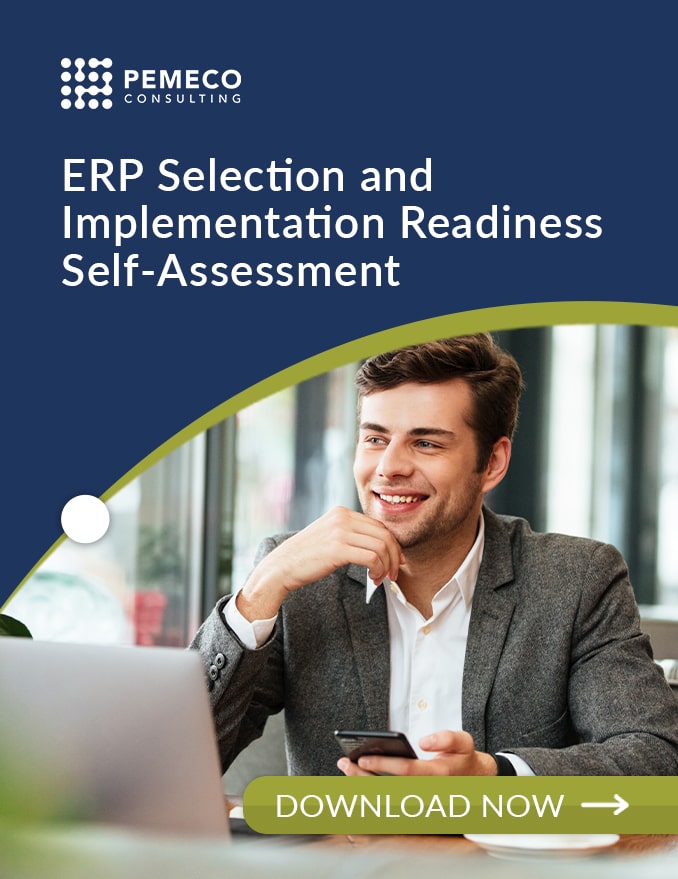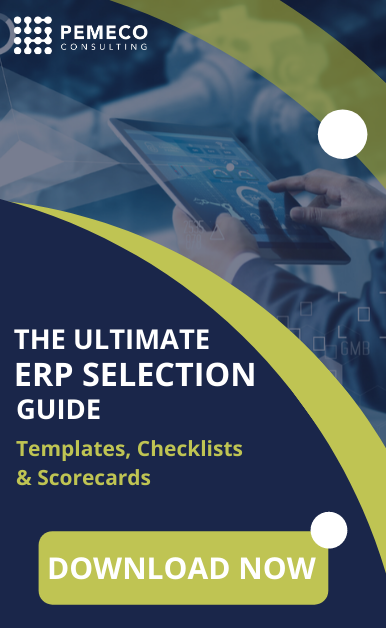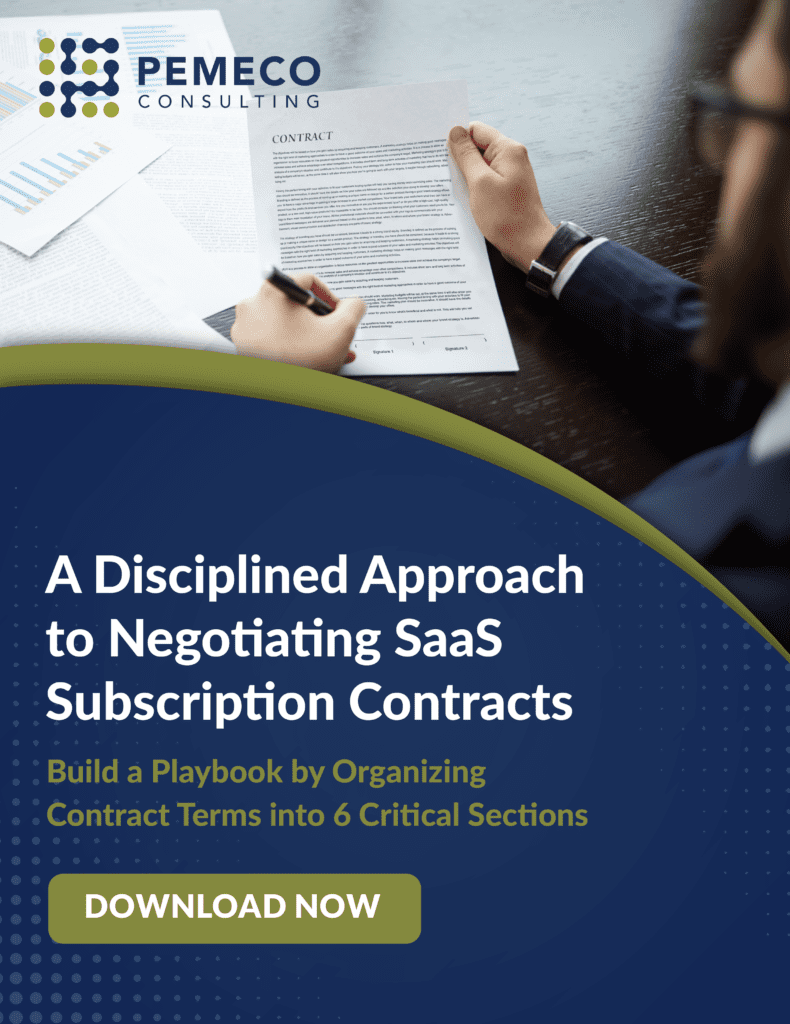Too many organizations start their ERP selection journey by researching solutions and interviewing ERP vendors. They wander about, comparing features and specifications and deliverables and Gantt Charts, never quite sure where they are heading.
Without a clear destination in mind, they waste time and energy in selecting their ERP solution. No wonder up to 70% of ERP implementations fail.
The key to selecting the right ERP solution for your organization is knowing your business requirements—knowing your destination. Your destination isn’t the ERP solution. Your destination is your business requirements, all met to your satisfaction.
What are business requirements?
Your business has certain ways of doing business, from your high-level business planning functions all the way down to your low-level shipping procedures. In many cases, you have developed processes that work well for your business, and you have no intention of changing those processes. In other cases, you have areas that – if improved – may make your business more productive, efficient and effective.
In the context of ERP, business requirements represent both the non-negotiable existing processes as well as the planned changes that are intended to yield future improvements.
When should you define business requirements?
You must define business requirements for every ERP-related project you identify – whether selection, implementation or post-implementation optimization. If done properly, these requirements should chart a roadmap to an improved, ERP-enabled business state. If you happen to have requirements from a prior project, review them and make sure they’re current.
Requirements analysis should always be among the first project phases that you complete. To do otherwise puts the cart before the horse. In terms of selection, you probably shouldn’t solicit vendors until you understand what business problems ERP can help you solve. If the problems aren’t well defined, how can vendors propose solutions?
For implementation, you must map the path from your current business state to the future state. Otherwise, you won’t know the end-game—which is one of the major causes of runaway implementations. Same goes for post-implementation optimization.
Four steps to defining your business requirements
So, all of this prompts the question: how do you get going?
It would make sense that the first item to check off the list is to understand the purpose of ERP. Generically, that purpose is to help a business realize its goal of becoming an integrated organization, one whose departments and units collectively drive the same business objectives.
What this means is that your requirements-gathering initiative shouldn’t start with a departmental-level business process mapping exercise. This type of approach would simply reinforce an old way of doing business – one where various departments pursue their own goals with little or no consideration of upstream, downstream or cross-stream effects.
Step 1. Start at the top of your org chart. Rather, the process should start at the top, with an in-depth analysis of the company’s business models and strategic objectives. These will act as the guiding lights – or benchmarks – against which proposed requirements should be evaluated. By proceeding this way, businesses will be taking steps to ensure that proposed solutions drive a unified set of corporate goals.
Step 2. Rank your objectives. For example, consider a case where a manufacturer/distributor has a primary objective of improving customer service and a secondary objective of minimizing costs. Its warehousing department has identified finished goods inventory as an area for potential cost savings. The company might consider reducing levels to minimize carrying costs. However, given its primary objective, it might only want to reduce inventory levels to an extent that won’t compromise its ability to make timely customer deliveries.
Step 3: Identify central-service and localized needs. The next step is to review the business’ organizational structure – again, with the goal of promoting an appropriate level of integration. Do business units, divisions and departments operate in a siloed manner? Are there redundant departments that could be centralized? Again, the business should be looking at ways of building a structure that’s an enabler of, and not a hindrance to, the achievement of goals.
Step 4: Move down your org chart. Now, once you have defined your business models, objectives and structures, apply the same methodology at the departmental level. On a function-by-function basis, it would assess business processes against corporate objectives with a view to the following:
- Identifying non-negotiable, goal-driving processes
- Identifying process gaps and issues that, if rectified, would better promote corporate goals
- Identifying appropriate solutions to resolve those issues and fill those gaps.
Now, once you make your way through this top-to-bottom requirements analysis, you put itself in a strong position to know what you need your ERP system to do, whether from selection, implementation or optimization perspectives.
Download The Ultimate ERP Selection Guide: Templates, Checklists & Scorecards
Whether your company is in the early stages of planning its digital transformation or is evaluating ERP vendors, you need to make sure you’re making the right decisions at each stage.



The Ultimate ERP Selection Guide: Templates, Checklists & Scorecards has powered hundreds of companies to select the right software at each stage. These tools and templates will power your project with best-practices so you can make the right decisions for your ERP project teams, requirements, budgets and evaluation of vendors, as well as equip you with ERP demonstration script templates, selection scorecard template, analysis of best-practices, and digital transformation and ERP selection checklist.






